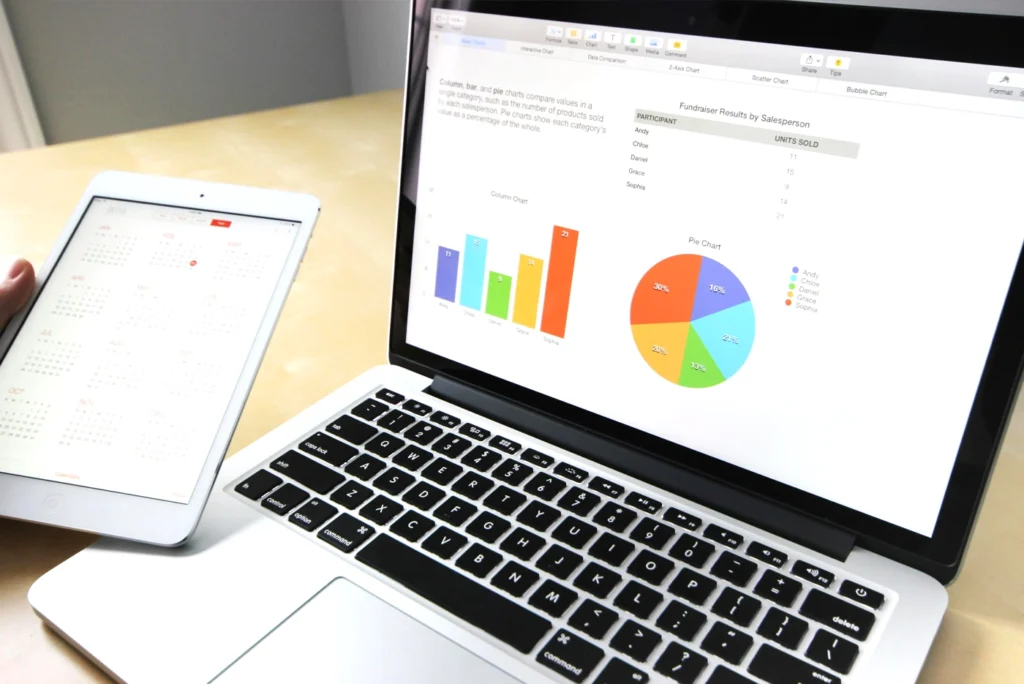Managing personal finances can feel overwhelming, but taking control of your budget is one of the most empowering financial steps you can take. Whether you’re looking to pay off debt, save for a big purchase, or simply gain more control over your spending, personal budgeting is key. In this guide, we’ll walk through simple, effective steps that can help you master your finances and achieve your financial goals.
1. Understand Your Income and Expenses
The first step to budgeting is understanding your current financial situation. Start by calculating your monthly income—this includes your salary, freelance work, or any other income streams. Then, list all your expenses, both fixed (like rent, bills, and loans) and variable (like groceries, entertainment, and dining out).
- Track Your Spending: Use budgeting apps like Mint or YNAB (You Need A Budget) to monitor your spending habits. This will give you a clear picture of where your money goes each month.
- Categorize Expenses: Group your expenses into categories such as housing, utilities, groceries, transportation, and leisure. This makes it easier to identify areas where you might be overspending.
2. Set Financial Goals
Budgeting becomes much easier when you have clear financial goals in mind. Whether your goal is to save for a vacation, build an emergency fund, or pay off debt, knowing why you’re budgeting will keep you motivated.
- Short-Term Goals: These can include saving for an emergency fund, paying off a credit card, or saving for a vacation. Aim for goals that you can achieve within a year.
- Long-Term Goals: Think about long-term financial goals such as buying a house, saving for retirement, or building wealth through investments.
By setting both short- and long-term goals, you can create a budget that supports your current lifestyle while planning for your future.

3. Choose a Budgeting Method
There are several popular budgeting methods you can choose from, depending on your financial needs and preferences. Here are three effective approaches:
- The 50/30/20 Rule: Allocate 50% of your income to needs (rent, groceries, utilities), 30% to wants (entertainment, dining out), and 20% to savings and debt repayment.
- Zero-Based Budgeting: In this method, every dollar you earn has a specific purpose. At the end of the month, your income minus expenses should equal zero. This approach requires you to be very detailed in tracking and assigning every penny.
- Envelope System: This is a cash-based method where you allocate money into different “envelopes” for each category of spending. Once an envelope is empty, you can’t spend more in that category for the month. This system can be particularly helpful for those who tend to overspend in certain areas.
Choose the method that works best for your lifestyle and financial goals.
4. Cut Unnecessary Expenses
After tracking your spending, you may notice areas where you can cut back. Reducing unnecessary expenses is one of the quickest ways to free up money for savings or debt repayment.
- Review Subscriptions: Are you paying for streaming services, gym memberships, or magazine subscriptions you don’t use regularly? Canceling unused or underused subscriptions can save you hundreds of dollars a year.
- Limit Dining Out: If you find that you’re spending a significant portion of your budget on restaurants or takeout, try cooking at home more often to save money.
- Reduce Impulse Purchases: Before making a purchase, ask yourself if it’s something you need or something you can live without. Small impulse buys can add up over time.
5. Build an Emergency Fund
Unexpected expenses can throw your budget off track, which is why an emergency fund is essential. Aim to save at least three to six months’ worth of living expenses in a separate, easily accessible account.
- Start Small: If saving a large amount seems overwhelming, start by setting aside a small percentage of each paycheck, even if it’s just $50 per month.
- Automate Savings: Set up automatic transfers from your checking account to your savings account each month. This way, you’re consistently building your emergency fund without having to think about it.
6. Pay Down Debt
Debt can weigh heavily on your financial health, so it’s important to prioritize paying it off. Focus on paying down high-interest debt first, such as credit card balances or personal loans.
- Debt Snowball Method: This approach involves paying off your smallest debts first while making minimum payments on larger ones. As you eliminate smaller debts, roll that payment into the next largest debt.
- Debt Avalanche Method: Focus on paying off high-interest debt first, which saves you money on interest in the long run. Once the highest-interest debt is paid off, move on to the next highest.
7. Monitor and Adjust Your Budget
Your budget isn’t set in stone—it should evolve with your financial situation. Regularly review your budget to see what’s working and what isn’t. If you get a raise, unexpected expenses arise, or your financial goals change, adjust your budget accordingly.
- Monthly Reviews: Take a few minutes each month to review your spending and make any necessary adjustments. This will help you stay on track and ensure your budget aligns with your goals.
- Celebrate Small Wins: As you meet milestones, like paying off a credit card or reaching a savings goal, celebrate your progress! It will keep you motivated to stick to your budget.
Conclusion:
Taking control of your finances doesn’t have to be difficult or overwhelming. By understanding your income and expenses, setting clear goals, and choosing the right budgeting method, you can create a personal budget that works for you. With careful planning, discipline, and regular adjustments, you’ll be well on your way to achieving financial freedom and security.
The Perfect Weapon Is Now…
The Bourne Identity Was Just the Beginning—Now the Legacy Continues!
Read MoreHow to Find Saved Wi-Fi…
Knowing how to find saved Wi-Fi passwords can save you time and hassle, especially when setting up new devices or...
Read MoreWhat Will Replace Smartphones by…
Smartphones changed the world—but will they still exist in 2073? Explore the futuristic devices that could replace them, from brain...
Read More


